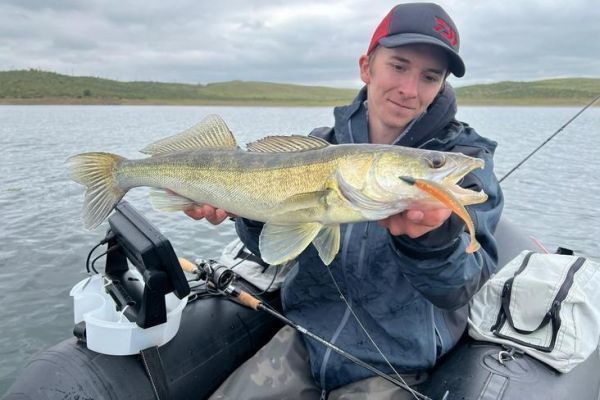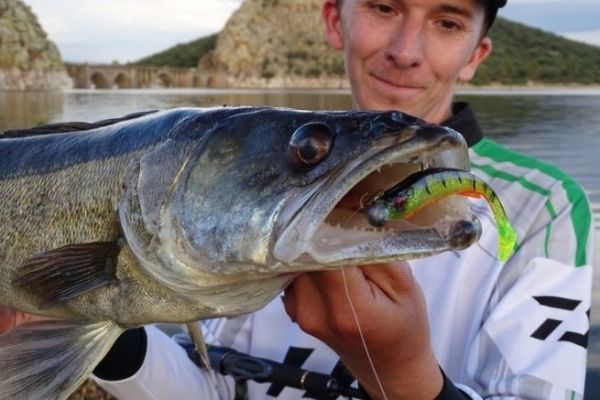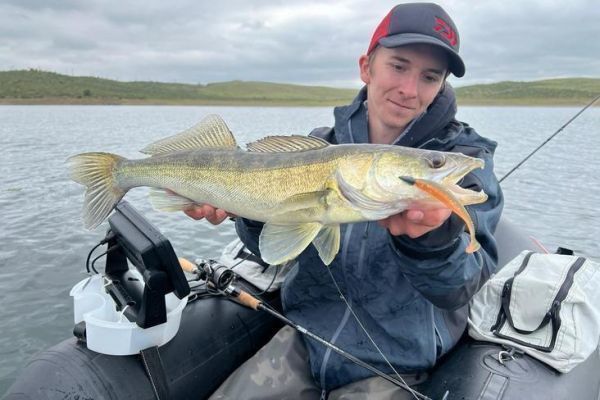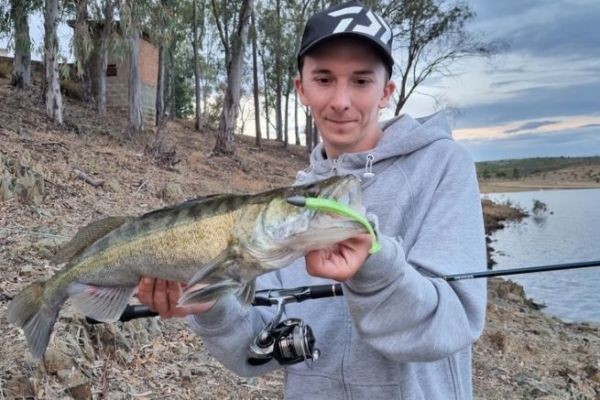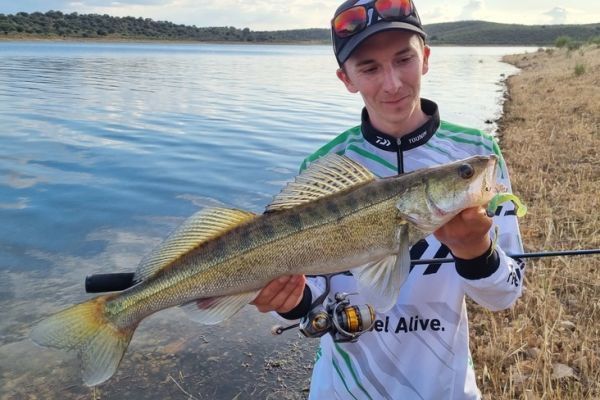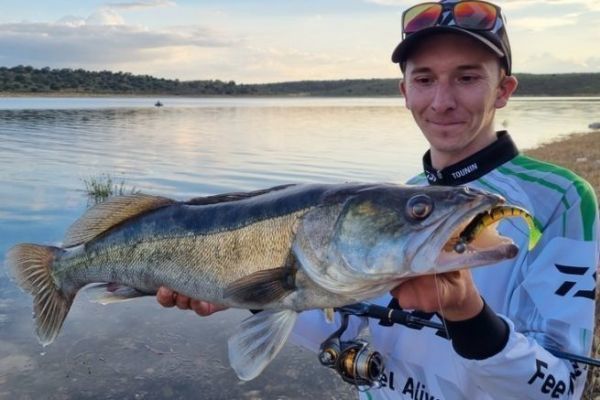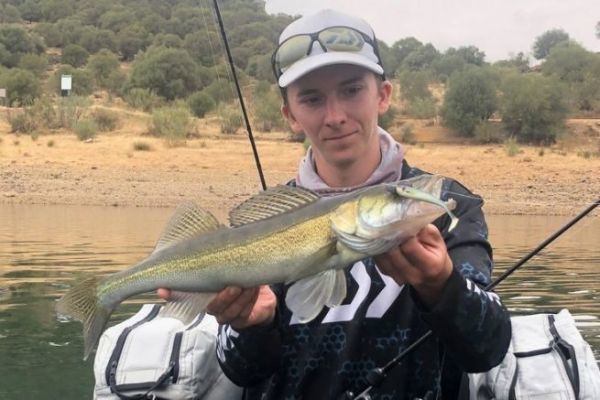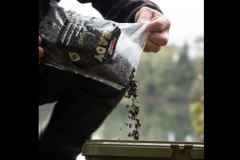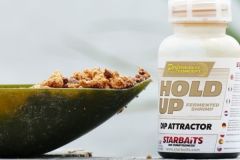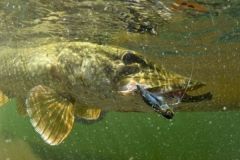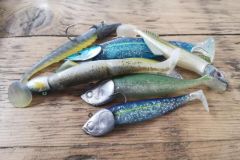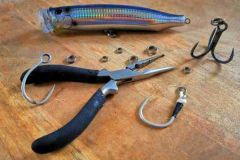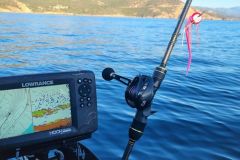Lead head weight
Although it may seem obvious, changing the weight of the lead head on a soft lure will alter its action.
A heavily leaded soft lure will sink rapidly and will need to be reeled in very quickly to avoid scraping the bottom. On the other hand, a soft lure with a low lead content can be reeled in extremely slowly, although care must be taken not to bring it up too quickly in the water. Light-weight lead heads also allow the shad lure to take a nice rolling action, which would be blocked by a head that is too heavy. A light-weight head also makes it easier for the fish to suck in the lure, greatly reducing the number of misses on contact.
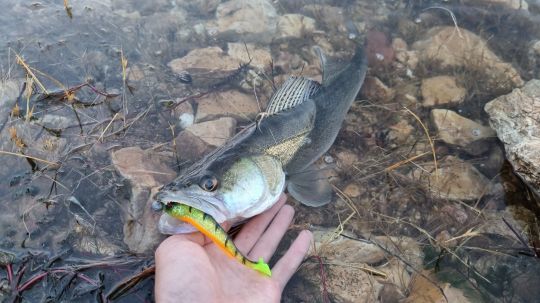
Lure action
It is also interesting to look a little more closely at the actions of the lures to understand their impact on fishing speed. A classic shad displaces water in quantity and therefore opposes a constraint when animated. This constraint can cause it to rise rapidly in the water layer when animated in a linear fashion. A finesse, on the other hand, offers almost no resistance and will therefore sink faster.
So not only do we need to adapt the weight of the jig head, but also the action of our lure according to the fishing conditions. A shad and a finesse, on the same lead head, require different retrieve speeds to stay in the right layer of water. We can also quickly mention crayfish imitations, which sometimes have two water-displacing appendages, putting even more strain on the animation.
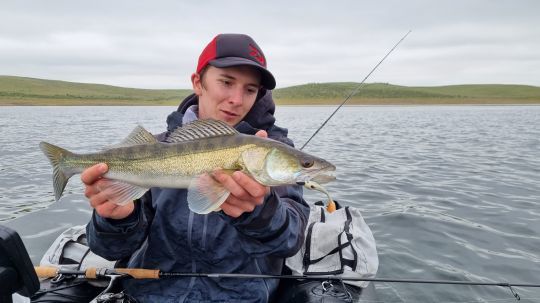
Plastic hardness and lure profile
Within the same lure category, the shad for example, different shapes and hardness will vary our animation. The more imposing the lure's shape, the more water it will displace, and the more stress it will apply. To pass over a zone at a given speed, a shad with a stiff plastic and a large paddle tail will need a heavier sinker than a slim, supple profile. Sometimes it's the big vibrations of a stiff shad that are more effective, sometimes the more discreet ones of a shad with a small, soft paddle tail.
Line fishing for pike-perch can be highly technical, and the angler's understanding of the action of his lures in the water can make all the difference. Pattern, not to mention color, can be down to the gram on a lure with a particular hardness and profile.
